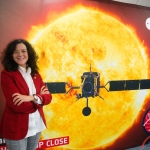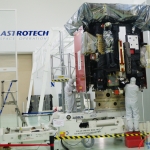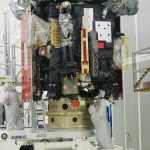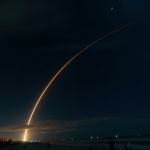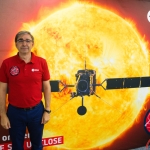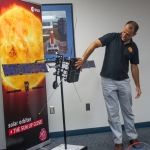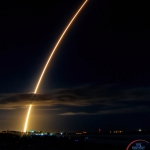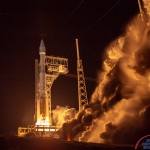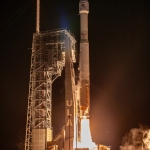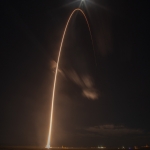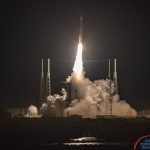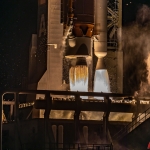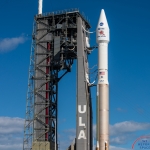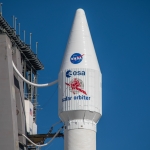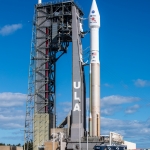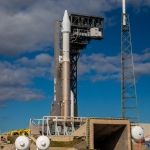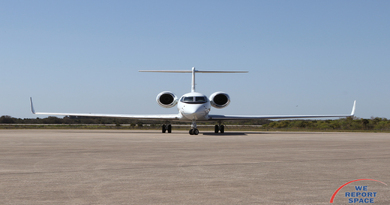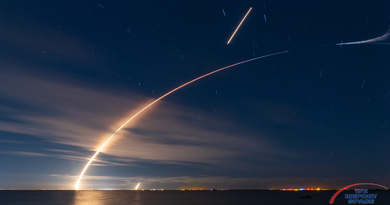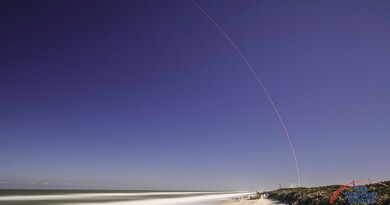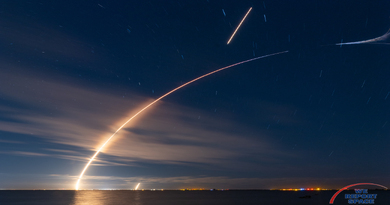Atlas-V Lifts Solar Orbiter on 10-Year Mission to Study Sun
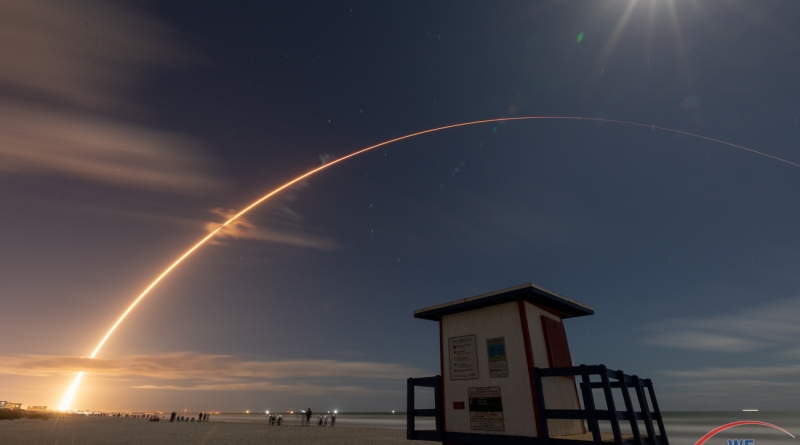
CAPE CANAVERAL SPACE FORCE STATION: A United Launch Alliance (ULA) Atlas V rocket carrying Solar Orbiter, an international cooperative mission between the European Space Agency (ESA) and NASA, lifted off from Space Launch Complex-41 on Feb. 9 at 11:03 p.m. EST. This marks the 82nd successful launch of an Atlas V rocket and 137th launch for ULA.
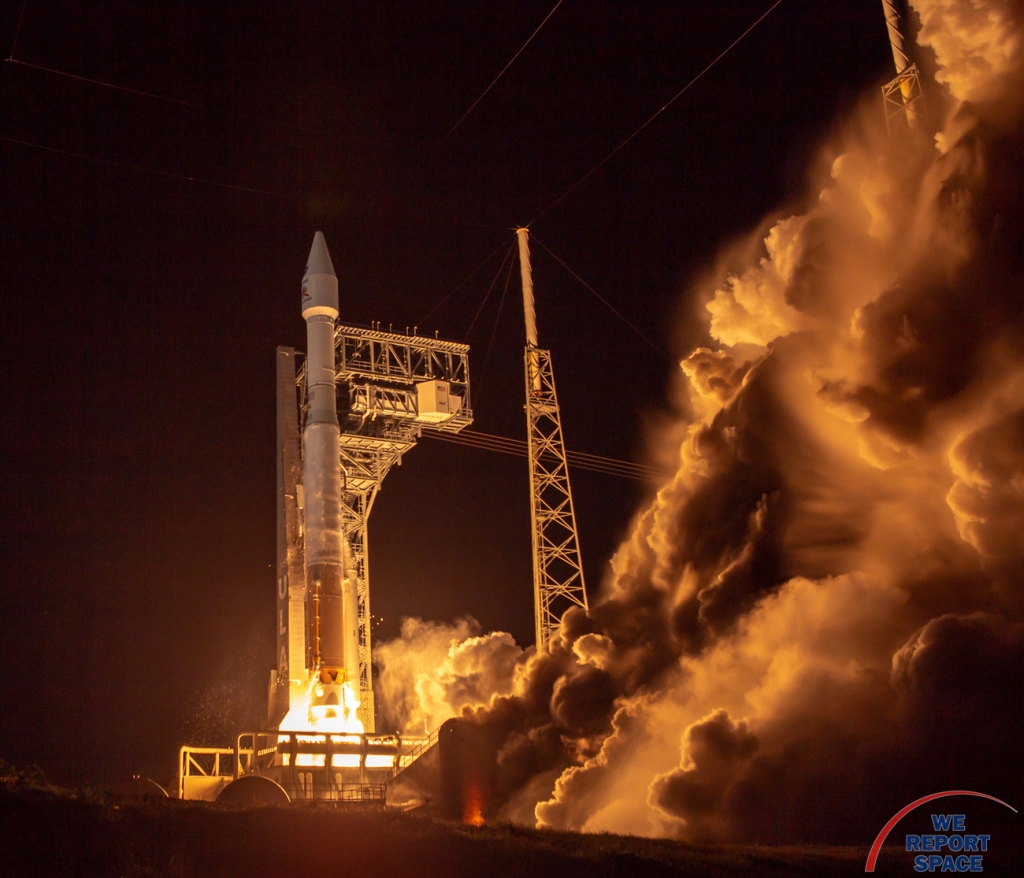
Solar Orbiter’s mission is to perform unprecedented close-up observations of the Sun and from high-latitudes, providing the first images of the uncharted polar regions of the Sun, and investigating the Sun-Earth connection.
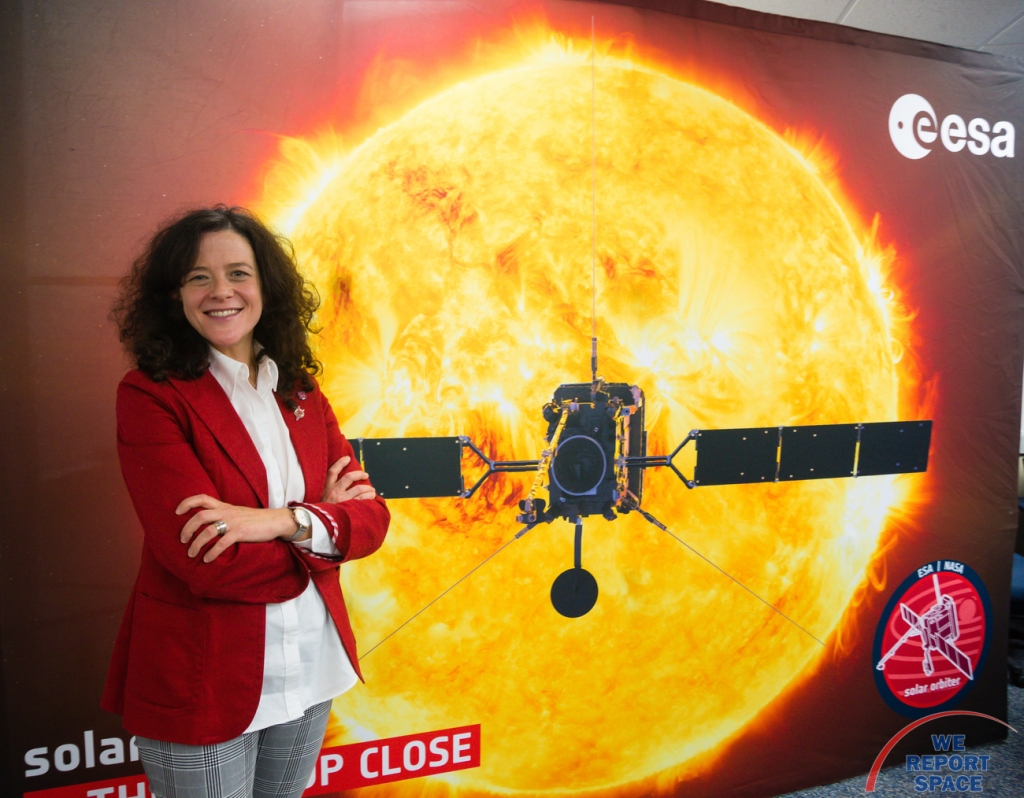
The spacecraft carries 10 state-of-the-art instruments. Remote sensing payloads will perform high-resolution imaging of the Sun’s atmosphere – the corona – as well as the solar disc. Other instruments will measure the solar wind and the solar magnetic fields in the vicinity of the orbiter. This will provide unprecedented insight into how our parent star works in terms of the 11-year solar cycle, and how we can better predict periods of stormy space weather.
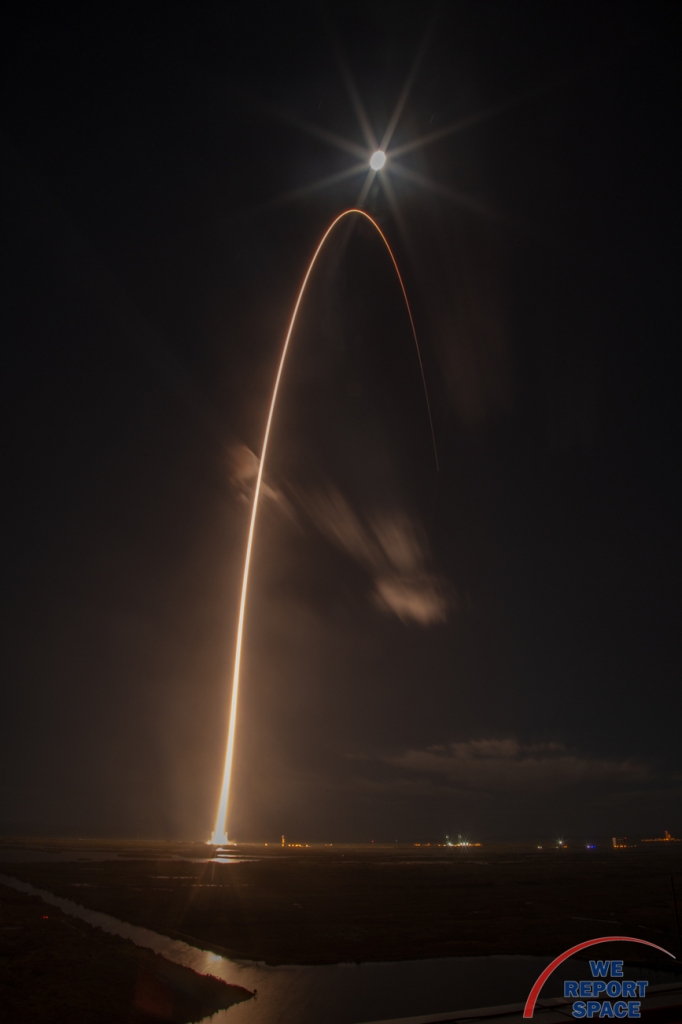
The Solar Orbiter is a collaboration with 17 different countries represented by Principal Investigators or Industry Partners: Austria, Belgium, Czech Republic, Denmark, Finland, France, Germany, Ireland, Italy, Poland, Portugal, Spain, Sweden, Switzerland, the Netherlands, United Kingdom, and USA.
Here are some key dates in the mission timeline:
- Launch on February 9, 2020
- Venus gravity assist December 26, 2020
- Pass within 0.5 AU of the Sun in February 2021
- Venus gravity assist August 8, 2021
- Earth gravity assist November 26, 2021
- Venus gravity assist August 8, 2021
- Pass within 0.3 AU of the Sun in October 2022
- First Solar Polar pass > 17 degrees March 2025
- First Solar Polar pass > 24 degrees January 2027
- First Solar Polar pass > 30 degrees April 2028
- First Solar Polar pass > 33 degrees July 2029
Studying the north polar region of the Sun requires slowly lifting the spacecraft out of the the orbital plane and will take until 2029.
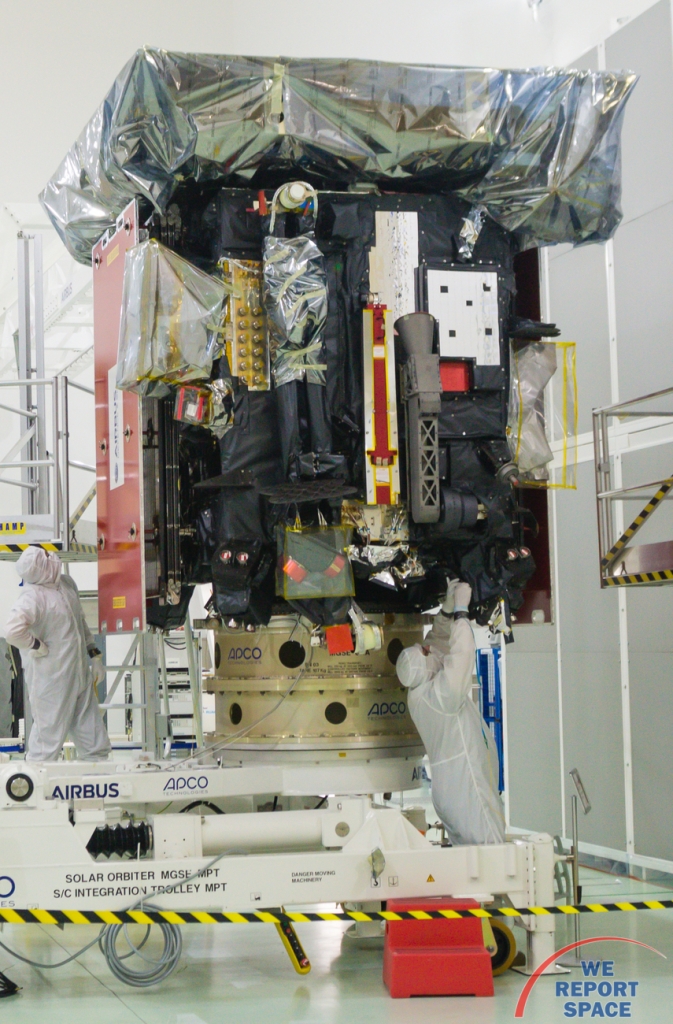
The heatshield for Solar Orbiter uses a new combination of titanium, carbon fiber and aluminum. Most of the instruments hide behind the heat shield as the spacecraft undergoes 13 times the heating of Earth-orbiting satellites. Small sliding doors in the heatshield briefly let sunlight in to remote sensing instruments. A special system is used to radiate the heat away from those instruments while the door is open. The solar arrays are designed to articulate: they point face-on to the Sun when far away, but rotate so they are nearly edge-on while close to the Sun.
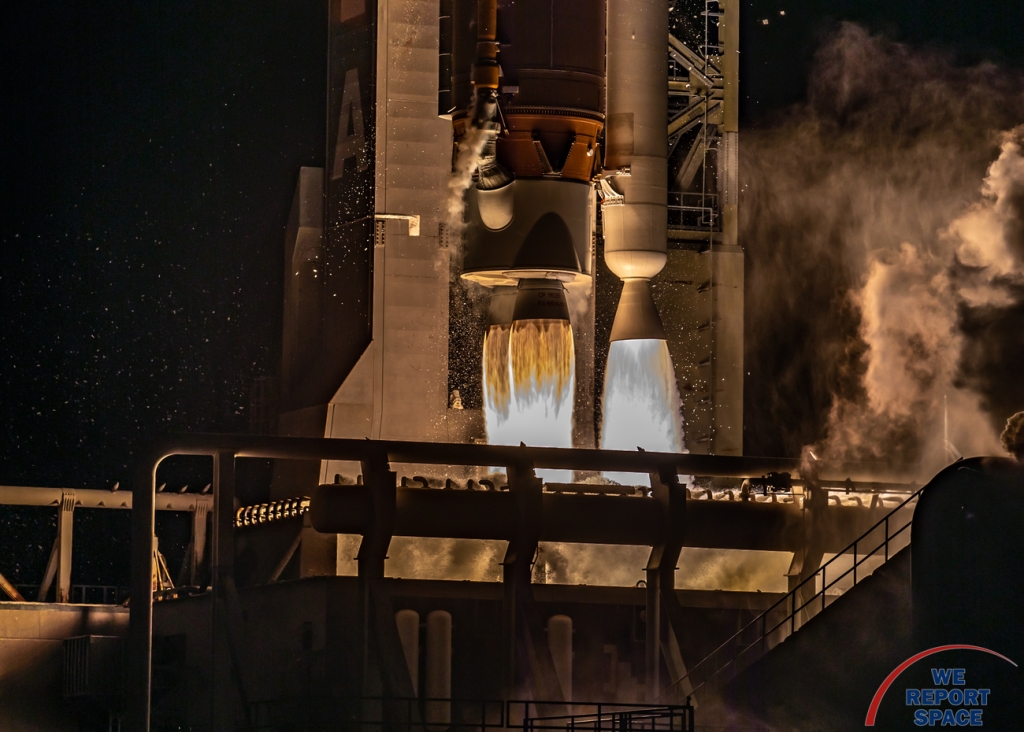
"Solar Orbiter is going to do amazing things. Combined with the other recently launched NASA missions to study the Sun, we are gaining unprecedented new knowledge about our star," said Thomas Zurbuchen, NASA’s associate administrator for Science at the agency’s headquarters in Washington. “Together with our European partners, we’re entering a new era of heliophysics that will transform the study of the Sun and help make astronauts safer as they travel on Artemis program missions to the Moon."
Photos
Atlas V / Solar Orbiter (Bill Jelen)
ULA Atlas V with ESA & NASA Solar Orbiter launch and remote images Feb. 9th 2020 - Scott Schilke

Stunning, full color photo book covering every east coast launch spanning 2014-2015, including the first-ever powered landing of a SpaceX Falcon 9 rocket.
More Info